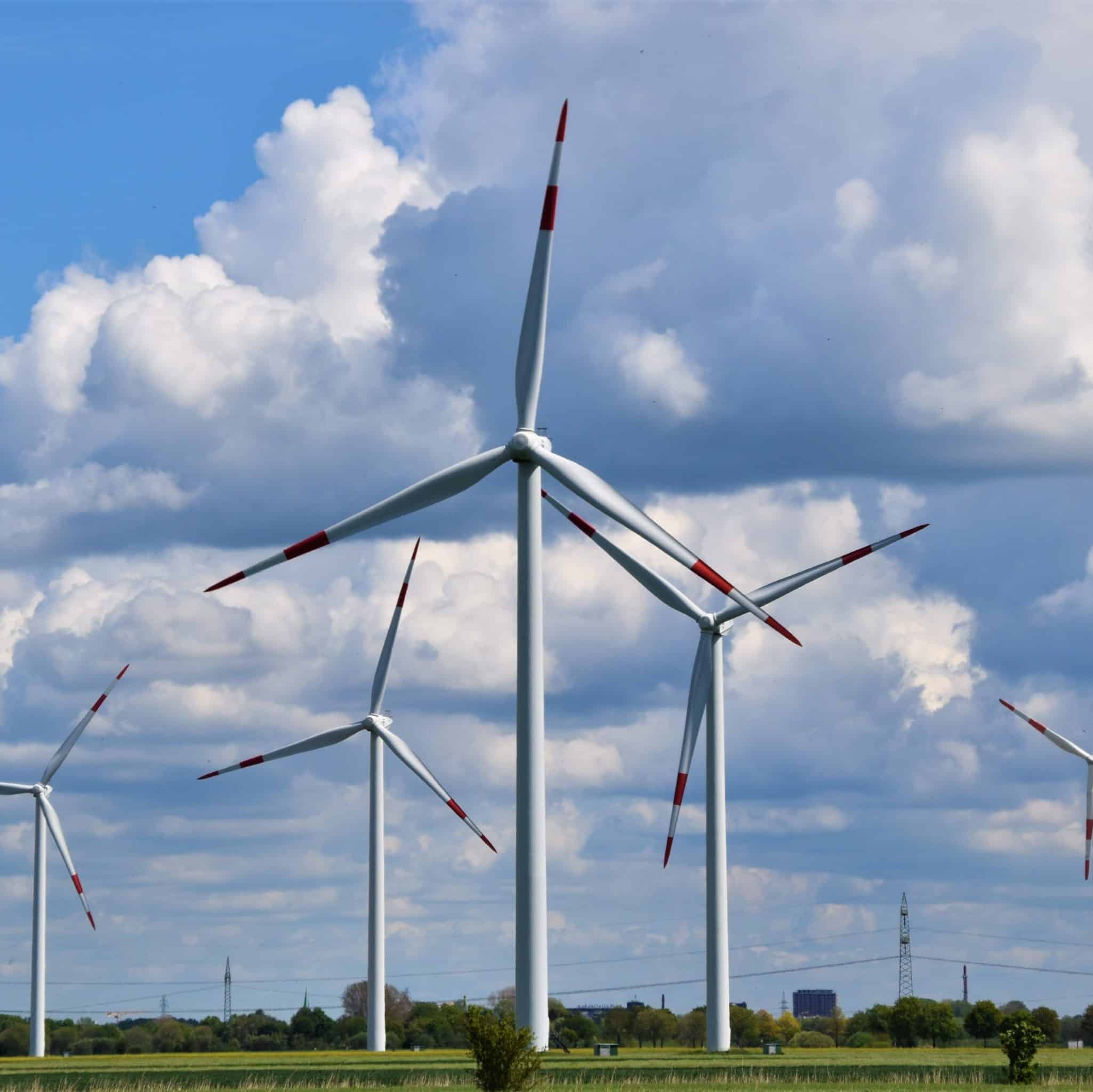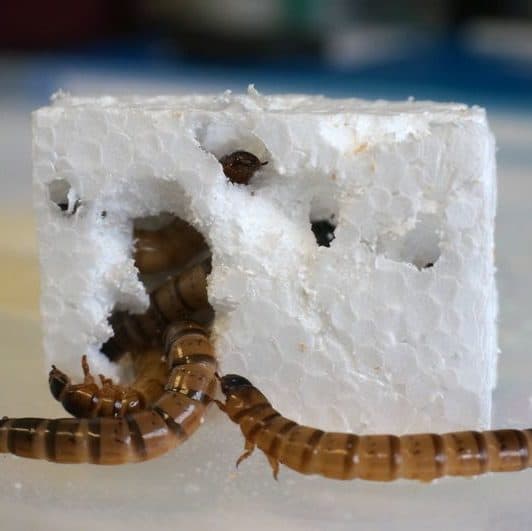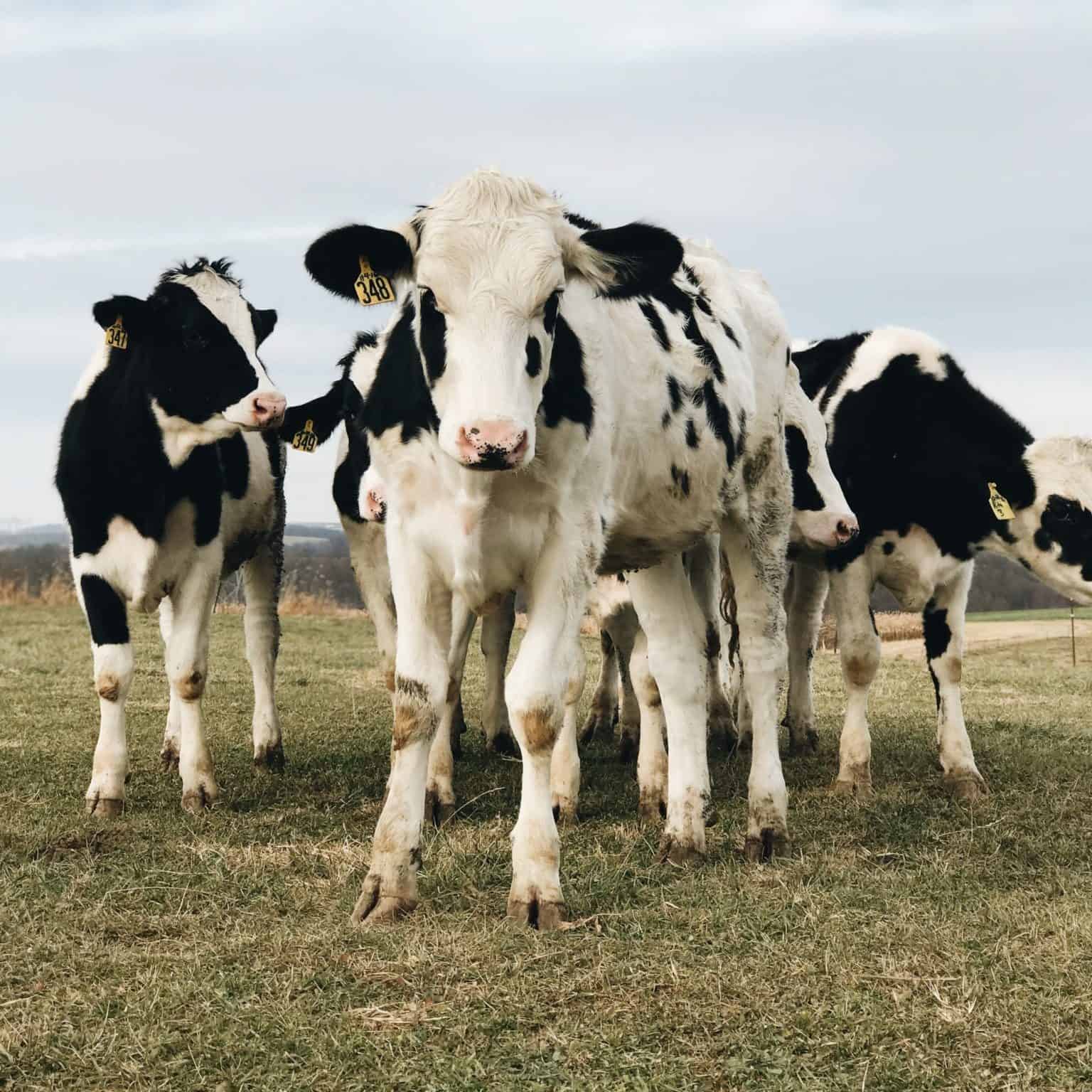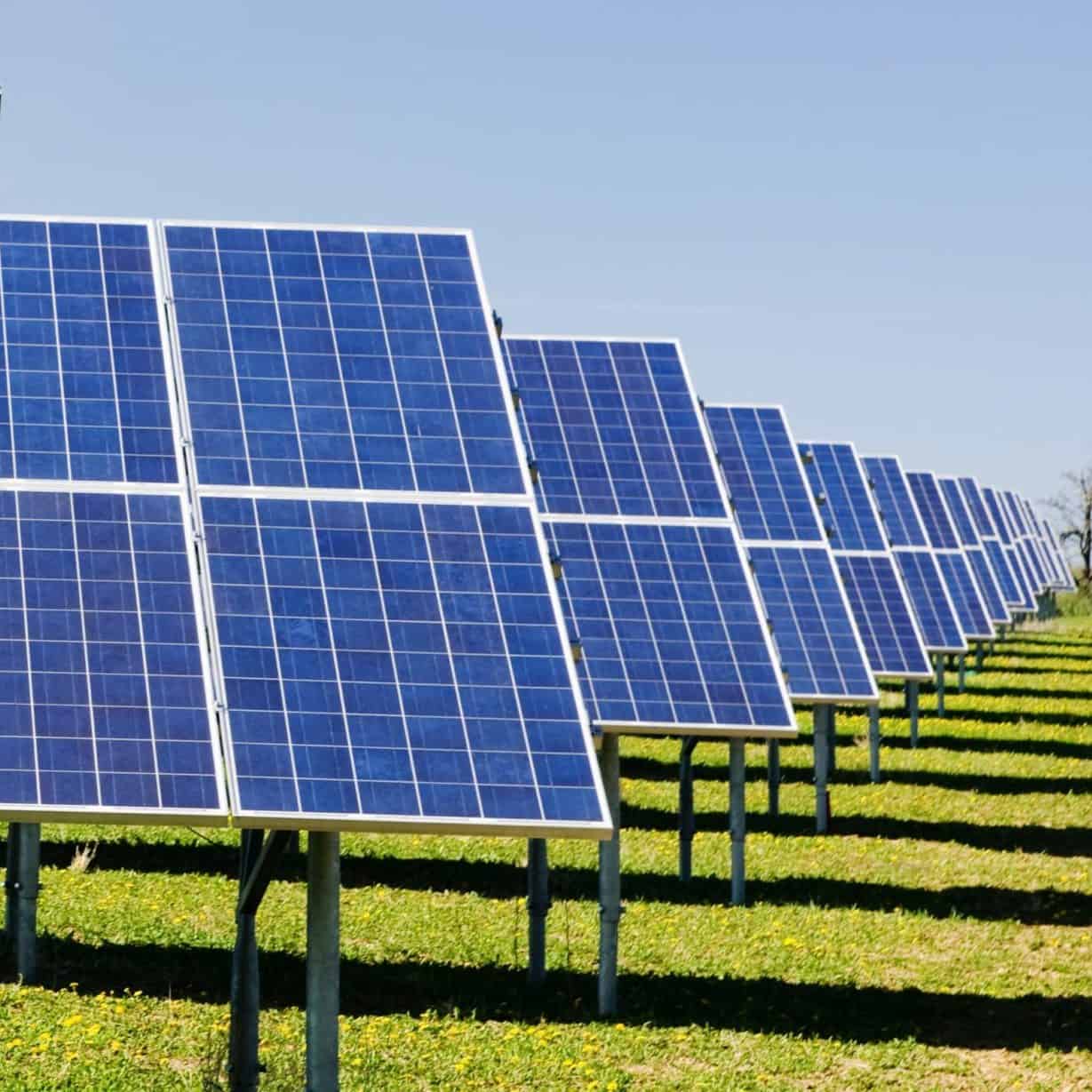Edition #12 | Environment Forward

Renewable energy trends, regenerative agriculture, superworms, and solar recycling.
Hi Y’all, Greetings from Austin, Texas and welcome to the 12th edition of Environment Forward. It already feels like peak summer here in Austin, with temperatures hitting 105 degrees Fahrenheit and drought conditions worsening across the state. The Union of Concerned Scientists has now begun to refer to summer as “danger season” in reference to the increasing number of heatwaves and wildfires that have been occurring in the months of May to October in the United States. I’m doing my best to stay cool by splitting time between exploring waterfalls, swimming in springs, and reading inside. I’m currently reading The Third Plate by Dan Barber and have been enjoying every moment of the exploration between food and sustainability. I’d love to hear what’s on your summer reading list and what trails you’re checking out this summer.

Renewable Energy Records in the United States
The numbers from renewable energy production in the first quarter of 2022 are in and the results are encouraging. The United States (U.S.) set records for the amount of energy generated by renewable energy power plants, with 242,956 gigawatt-hours generated, as well as the percent of U.S. electricity generation, which was at 23.5% from January to March of this year in comparison to 20.1% in all of 2021. The U.S. also saw 80 new wind and solar plants come online in first quarter of 2022. Inside Climate News summarized the renewable gains in a helpful graphic that shows the percentage of renewables in comparison to nuclear, coal, and natural gas over time. It’s encouraging to see coal’s percentage drop in 2022 as more renewables are brought online and coal-fired power plants are taken offline, with four closing in the period. The article also highlights a summary of electricity generation by “carbon-free” sources. While I struggle with the term carbon-free, it’s exciting to see 42.5% of generation in the first quarter coming from non fossil-fuel sources.
Image credit: Waldemar Brandt

Styrofoam Eating Superworms
By now, we're all familiar with the waste challenges around plastic, including polystyrene (AKA Styrofoam). Scientists at the University of Queensland in Australia have discovered a worm with super powers that can live and grow on a Styrofoam diet. In the discovery of the darkling beetle's ability to eat Styrofoam, the researchers feel this could be the first step in discovering natural enzymes that could be used to break down and recycle this type of plastic. Scientists around the globe have been looking for microorganisms that can break down plastic waste, similar to how natural materials like wood breakdown. The University of Texas has also published promising research on a plastic digesting enzyme. The goal would be to engineer an enzyme derived from the gut of an insect or bacteria that could digest plastic so that it could be made into new plastic products. While we continue to strive to reduce our plastic waste and demand on single use plastics, it's awesome to see researchers turning to nature for ways to break down plastic waste.
Image credit: University of Queensland via Bloomberg

Reality Check on Regenerative Agriculture
I spend a lot of time thinking about agriculture and where our food comes from. I've even started gardening and attempting to grow some of my own food. As I've had the opportunity to talk with farmers, both regenerative and conventional, I've gained an appreciate for just how hard farming can be. I really relate to the author of this article and her journey in exploring the challenges of implementing regenerative agriculture; like her - I don't really have boots on the ground experience. We are seeing a push for more regenerative agriculture, both for food health and land health, but it can be hard to fully grasp what that means in practice and the effort it could take to overhaul from conventional agricultural practices to regenerative practices. This article gives a new appreciation for the pioneers leading the way in the regenerative space and helps highlight why a shift to regenerative agriculture won't happen overnight.
Image credit: Alaina McLearnon

Recycling Solar Panels
While we've seen record-breaking amounts of clean energy come online, what happens to the components required to make clean energy at end of their life? Solar panels have a typical life-span of 25 to 30 years. Currently when they reach end of life, 90 to 95 percent of decommissioned solar panels in the U.S. get sent to landfills. At current install rates, and if the trajectory of solar implementation in the U.S. continues, we could generate 10 million metric tons of solar panel waste by 2050. With any energy stream there are trade-offs, but mitigating solar panel waste is an important factor in solar being considered a green industry. Solarcycle is looking to tackle this problem. Their technology is able to extract 95 percent of the high-value materials contained in solar panels, such as silicon and copper for repurposing or so it can return to the supply-chain. Solarcycle has raised $6.6 million dollars in funding with hopes of scaling their solar recycling operations.
Image credit: Zbynek Burival
Nicole Sullivan is the Climate Services Manager at CarbonBetter. When she's not working on sustainability reports and helping clients to decarbonize, she's busy reading about the environment or is outdoors exploring it. Connect with her on LinkedIn and drop her a line to let her know what you thought about these stories and share what you're reading.